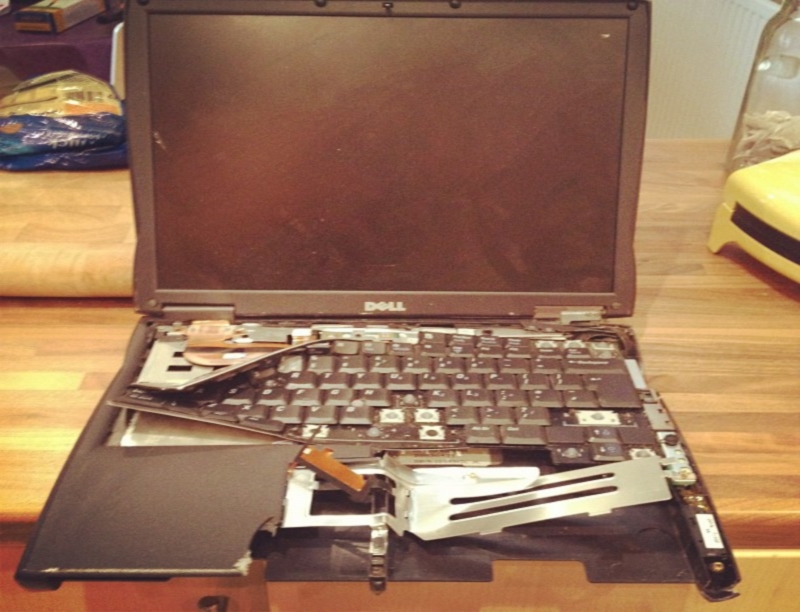Wondering how to manage a remote workforce? There’s no question that we’re seeing more and more organizations turning to using a remote workforce. A 2017 Gallup survey found 43 percent of employed Americans claiming they spent at least some time working remotely, which is up four percentage points since 2012. A more recent study by IWG found that 70% of employees globally work from home at least one day a week, and 53% work from home at least half the week. That’s a lot of telecommuting.
VPN technologies (like DirectAccess, my all-time favorite) have made connecting to the workplace incredibly easy over the last several years, as have messaging tools like Microsoft Teams and Slack. But even with these technologies, managing a remote workforce can present an organization with a multitude of productivity and cost challenges, especially when it comes to infrastructure.
For example, remote workforce management challenges really surface when hardware is stolen, lost, or broken. For most organizations, the typical protocol in a broken device scenario is for the remote end user to visit the office for a replacement or ship the device back to IT and have IT ship a new device to the end user in return. Whichever way the device gets passed back and forth between the IT department and the remote worker, productivity is inhibited and costs are incurred.
In short: Getting the right collaboration tools is just part of the story. Getting your infrastructure set up in such a way that you and your remote workforce can stay up and running? That’s another challenge entirely. But conquering that challenge is easy if you have the right tools…
Managing a Remote Workforce with Technology
Thankfully, there’s a new way to manage a remote workforce that can eliminate the double shipping costs and decrease the time a user is unproductive. And the great part it, it uses tools that your organization likely has already, or can set up easily: Windows 10, Azure AD Premium, Intune, and OneDrive for Business. Leveraging these Microsoft technologies will decrease any unplanned down time due to lost/stolen/broken devices, reduce shipping costs, and still maintain your company standards for devices. The CYOD (choose your own device) scenario is finally an option.
In the broken device scenario above, a user with Windows 10 Professional Edition installed would simply purchase a new device and join the device to Azure AD (note: this does not require elevated privileges that would enable the user more access than required to the environment). Then, with a simple, straightforward set of instructions, the user can perform a Windows 10 setup (which can be accomplished by anyone), and all their data, settings, and applications would be ready to use just as they were prior to the break. Minimal downtime, and no unnecessary shipping costs or overall hassle for the end user or the IT department!
Getting Set Up with Azure and Intune for Remote Work
If you haven’t been through the setup yet, it is worth your time to witness the end-user experience. Once the device is Azure AD joined, the device can be configured to be automatically assigned the appropriate licenses and enrolled in Intune for the configurations to be deployed. Whether the configurations are software installations or registry settings for folder redirection to OneDrive for Business, the end user’s applications and data can be restored in 15 minutes without heavy involvement from IT—a much more palatable option than hours or days of back-and-forth between the IT department and the remote worker.
Password Reset for Your Remote Workforce is Easier, Too
As an added bonus, if you have Azure AD Premium and the password write-back capabilities of AD Connect (synchronizing between Azure and on-prem), there’s a self-service password reset portal that’s incredibly easy to use. So, if you’re looking to solve another problem of the remote workforce and password resets, or if you’re trying to reduce the number one reason people call the service desk, Azure AD might be the way to go.
Get Ready for Even More Devices
The issues with managing a remote workforce (and it’s supporting infrastructure) only get worse when we consider the devices that will be used, now and in the future.
Consider that the average employee might not have only a workstation, but also a smartphone, a tablet, several thumb drives, and possible a few other pieces of tech just in their office environment. If managing all of these devices is pain on-prem, just imagine the problems it creates when employees are working remotely– problems with data leakage, for instance. Remote workers can be the weak link in any enterprise security system, and so cybersecurity needs to be addressed.
The need to integrate existing IT infrastructure with the end-user and consumer technology adopted by remote workers makes control over these devices and access so much harder. This is where a Unified Endpoint Management solution comes in, allowing IT departments to have a single window into all devices and to automate many critical functions.
Want to talk about some specific challenges in your organization? Don’t hesitate to reach out and contact me with any comments or questions.

